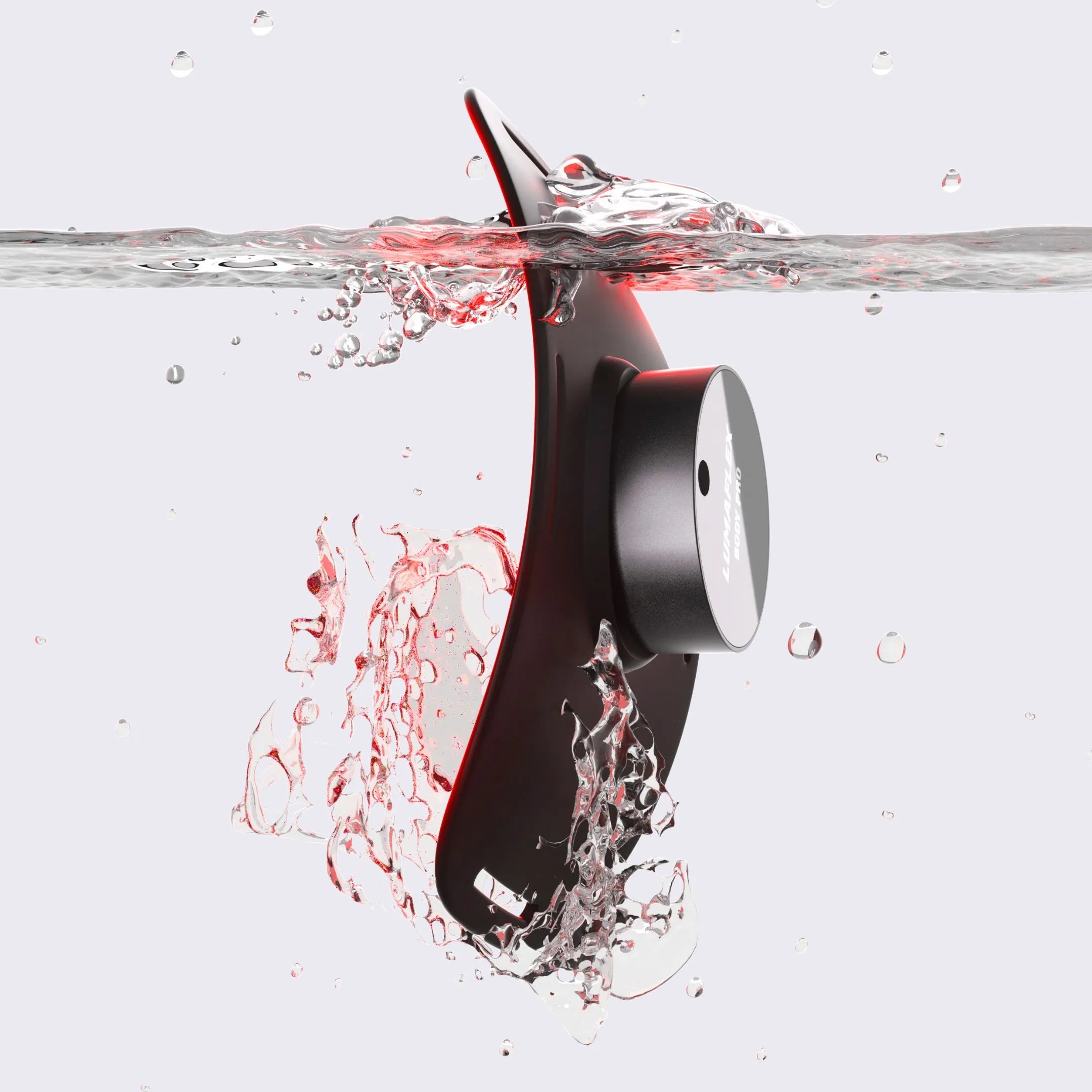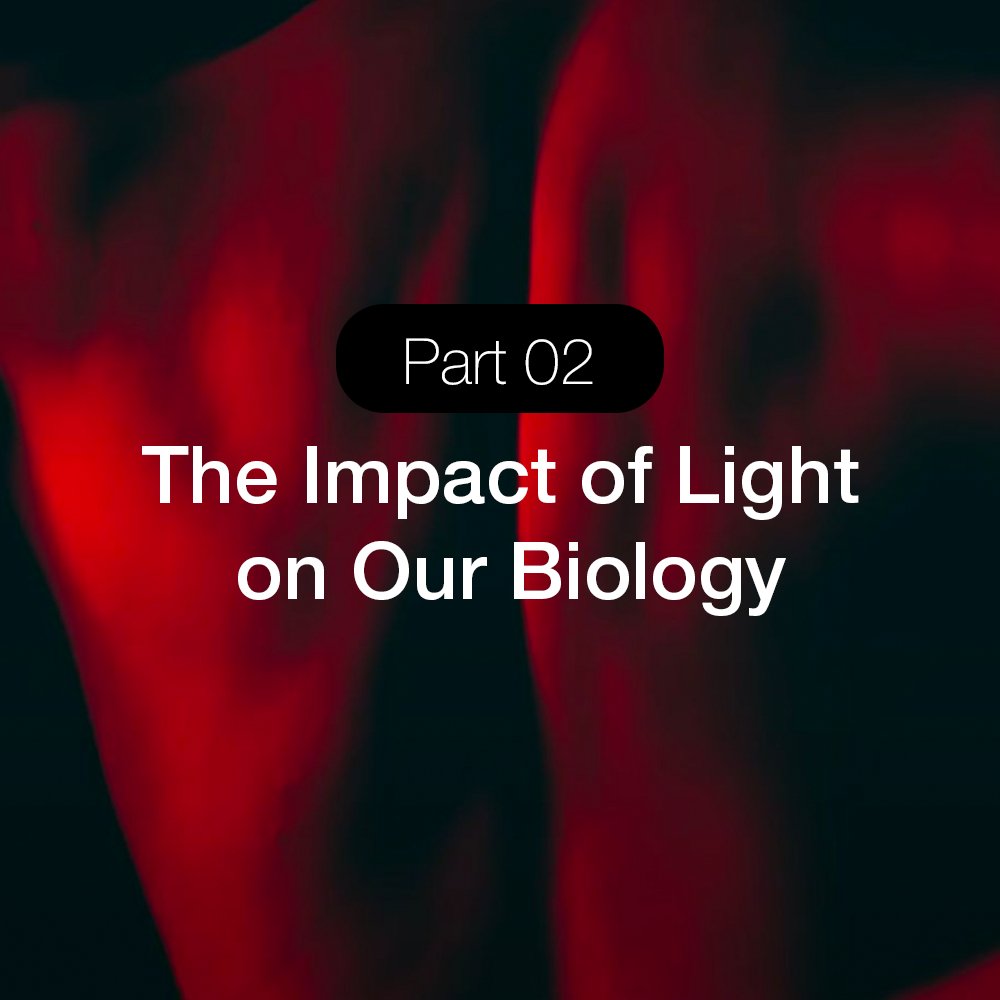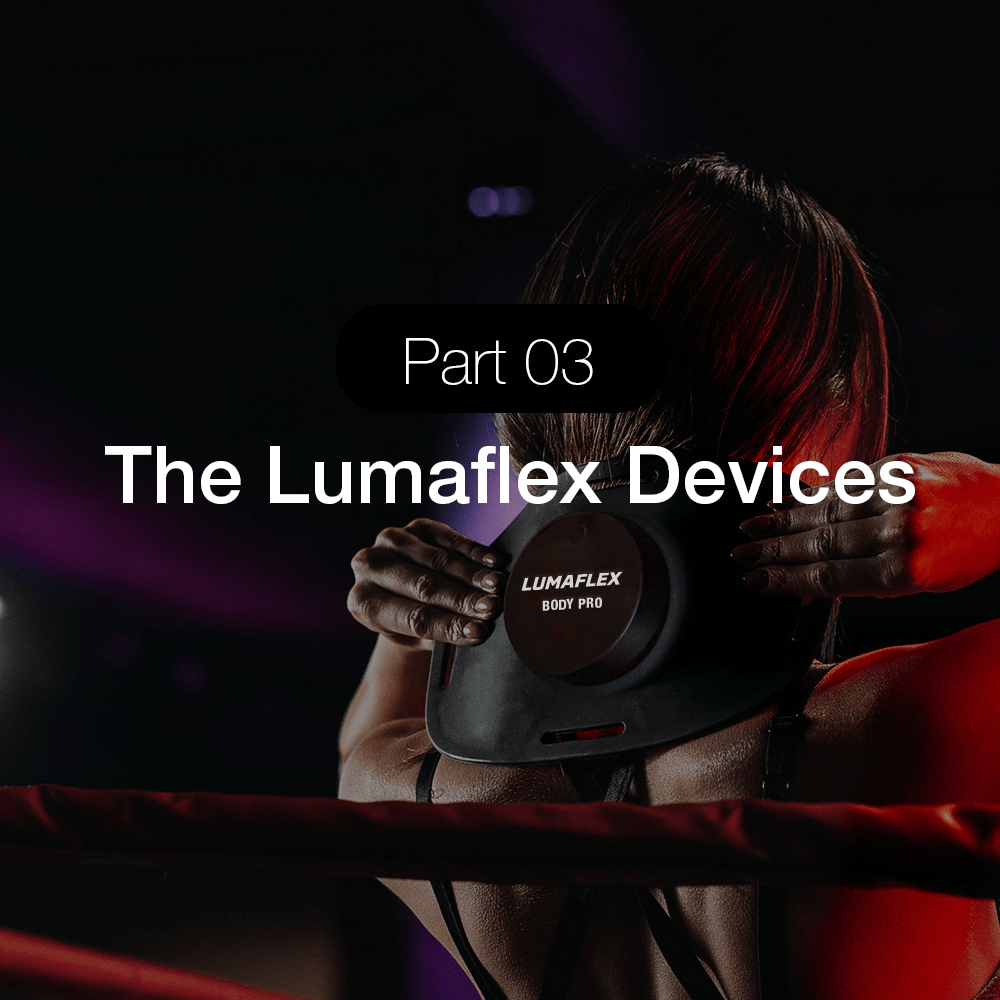Red Light Therapy for Fertility: About Light and Implantation

Lighting the Way in Fertility Support
Scientific study on reproduction is taking on more creative and less invasive approaches by investigating cellular microenvironments and bodily regeneration. One of the more surprising innovations is the use of red light therapy for fertility. Though research is still in the preliminary stages, a few studies are attempting to understand the biological processes involved in healing and rehabilitation of fertility using specific light wavelengths.
For quite some time, red light therapy has been used in medicine for tissue repair, wound healing, and controlling inflammation. More recent studies suggested that some of the mechanisms that help LLLT in reinforcing reproductive success include improved microcirculation, enhanced ATP production, and less oxidative stress.
Investigating light-based therapies for women with recurrent IVF implantation failures has started with recent studies, including the controlled trials in Gynecological Endocrinology and Journal of Lasers in Medical Sciences. These studies indicated that light therapy resulted in higher implantation and pregnancy rates compared to standard care, although the difference remains statistically insignificant at this time.
The findings might be in an early stage, but they do leave an impression. If light therapy enhances the receptivity and health of the reproductive tissues, it could add a new approach to reproductive therapy which is integrated and not simply speculative.
This article discusses recent studies on the interaction of light and fertility, the reasons for these studies, and the potential for this new area of research in reproductive medicine.
- 1. Lighting the Way in Fertility Support
- 2. How Red Light Therapy Supports Fertility
- 3. Research Spotlight: Laser Pretreatment and Endometrial Receptivity (2020 Study)
- 4. Research Spotlight: Low-Level Laser Therapy in IVF Outcomes (2024 Study)
- 5. Practical Applications and Considerations for Red Light Therapy in Fertility
- 6. Conclusion
How Red Light Therapy Supports Fertility
Fertility isn't just about hormones and ovulation; it's about the health of reproductive tissues on a cellular level as well. New studies indicate that red and near-infrared light therapy may benefit these basic systems by increasing energy production, blood flow, and the function of tissues. All of which are important for conception and implantation.
Stimulating Cellular Energy
Cells generate energy through mitochondria, the “powerhouses” that produce ATP. Red light therapy can activate mitochondria, boosting ATP production and enabling tissues to repair and function more efficiently. In reproductive organs, this additional energy may support egg maturation and uterine lining development, creating conditions more favorable for implantation.
Evidence from Research:
- In the 2020 study on women with recurrent implantation failure (RIF), helium-neon laser pretreatment before embryo transfer showed trends of higher implantation and clinical pregnancy rates compared to standard treatment.
- The 2024 study using 850 nm low-level laser therapy similarly reported higher biochemical and clinical pregnancy rates, suggesting that improved cellular energy may translate into measurable fertility outcomes.

Enhancing Blood Flow and Tissue Health
In order for the ovaries and uterus to function properly for fertility, they need to be supplied with oxygen, hormones, and nutrients. Improvements with microvascular function through red light therapy may promote perfusion and circulation through the tissues. Improved circulation may positively influence the thickness of the endometrium and the receptivity of the endometrium. These are critical conditions for the implantation of an embryo.
Evidence from Research:
- Both clinical studies indicated that laser therapy could create a more favorable uterine environment, likely through improved microcirculation and tissue oxygenation, supporting implantation even in women with prior IVF failures.
Reducing Inflammation and Oxidative Stress
Inflammation and oxidative stress may affect the function of reproductive tissues and the likelihood of successful implantation. Red light therapy promotes the modulation of inflammatory mechanisms and oxidative damage and restores cellular homeostasis.
Evidence from Research:
- In both the 2020 and 2024 trials, participants tolerated the therapy well, and the studies suggest that tissue-level improvements may contribute to the observed trends in implantation and pregnancy rates.
Supporting Hormonal and Endocrine Balance
While red light therapy does not directly alter hormones, improving cellular energy, blood flow, and tissue health may indirectly support the systems that regulate ovulation, implantation, and early pregnancy.
Overall Implication:
Red light therapy may prepare the reproductive system for success by dealing with the basic processes of energy production, blood circulation, inflammation control, and hormone system support. The collection of data from clinical trials builds a basis for how this non-invasive method may serve as an adjunct to standard fertility treatment.
Research Spotlight: Laser Pretreatment and Endometrial Receptivity (2020 Study)
While the underlying principles of red light therapy are encouraging, the strongest evidence pertaining to its clinical implications is its impact on fertility. One clinical study published in Gynecological Endocrinology in 2020 investigated the impact of low-level laser therapy as a pretreatment to strengthen uterine receptivity in women with recurrent implantation failure (RIF) during frozen embryo transfer (FET).
Study Design and Participants
The study outlined in point included 60 women who have undergone several unsuccessful attempts at IVF. 30 women received Helium-Neon (He-Ne) laser irradiation on the uterus in light therapy. The remaining 30 women received standard treatment with no laser. The researchers trying to find out if light therapy boosts the endometrial environment to make it more ready to receive an implantation.
Key Findings
- The laser group had higher implantation and clinical pregnancy rates compared to the control group.
- Live birth rates were slightly higher, and miscarriage rates were lower in the laser-treated participants.
- No adverse effects were reported, confirming the treatment’s safety and tolerability.
Even though there were no sufficient differences, the research shows laser therapy might improve the condition and receptivity of the uterine tissues.
Implications for Fertility Support
Even though differences did not reach statistical significance, this research might be the first to study non-invasive light therapy for endometrial receptivity and offers preliminary evidence that suggests red light might improve the uterine condition for women encountering repeated implantation difficulties, warranting further investigation on complementary strategies for fertility.
Research Spotlight: Low-Level Laser Therapy in IVF Outcomes (2024 Study)
A recent study discussed in Journal of Laser in Medical Sciences in 2024 builds on earlier research and analyzes the impact of low-level laser therapy (LLLT) on women with recurrent implantation failure (RIF) who are undergoing frozen embryo transfer (FET). This study investigates the potential of red and near-infrared light on difficult cases in this population range.
Study Design and Participants
The study looked at 30 women who had undergone several failed embryo transfers. Women were assigned at random to either the treatment group, which received transabdominal 850 nm laser irradiation one cycle prior to blastocyst transfer, or the control group, which received standard care without laser treatment. Biochemical and clinical pregnancy rates were assessed. Biochemical pregnancies were defined as positive pregnancy tests while clinical pregnancies were defined as a gestational sac seen via ultrasound.
Key Findings
- Biochemical pregnancy rates were 46.7% in the laser group versus 33.3% in the control group.
- Clinical pregnancy rates were 33.3% in the laser group versus 20% in the control group.
- No adverse effects were reported, indicating that LLLT was safe and well-tolerated.
- Although the differences were not statistically significant due to the small sample size, the trends suggest a potential benefit of light therapy for implantation success.
Implications for Fertility Support
This research continues to support the idea that light therapy improves tissue oxygenation and microcirculation within the uterine environment. Even for women with red light therapy treatment seeing several IVF failures, therapy still worked to an extent to create a more receptive endometrium and poses the opportunity to be a non-invasive adjunct to regular fertility treatment.
Comparing these results with prior research shows the same result. Red and near-infrared light affect cellular activity, facilitate tissue repair, and improve implantation conditions, all with no safety issues. These clinical observations, while still needing more research, provide an adequate scientific rationale to build upon.
Practical Applications and Considerations for Red Light Therapy in Fertility

Red light therapy is a non-invasive modality likely to improve the health of reproductive tissues. Studies show it probably improves tissue function, circulation, and cellular energy, which may positively affect implantation conditions. For women trying to conceive, this is an interesting adjunct option.
This type of therapy is usually done on the abdominal area to physically target the uterus and the ovaries. Research shows that even short, controlled therapy sessions have a positive effect on tissue readiness. Although the best results probably depend on specific timing and frequency, these factors require more research. Red light therapy is safe, pain-free, and well-tolerated, whether used in a clinical setting or with home devices such as the Lumaflex Red Light Therapy.
When considering red light therapy as part of a fertility support plan, key factors include:
- Timing: Sessions are often done prior to embryo transfer or during specific cycle phases.
- Consistency: Regular, controlled exposure may be necessary to support tissue health.
- Device quality: Clinical-grade or trusted home devices ensure safe and targeted delivery.
- Integration: Therapy works best alongside medical guidance, nutrition, and lifestyle optimization.
When approaching red light therapy, have realistic expectations; it’s not a substitute for medical interventions, like hormone therapy or IVF. It can, however, be a valuable addition to a comprehensive fertility plan. Red light therapy can help prepare and prime the reproductive system and improve the overall effectiveness of standard therapies by making the uterine environment more receptive.
The use of research-oriented therapy along with a well-structured fertility strategy can help women improve their cell function as well as tissue health without going for invasive procedures. It can be done safely and with convenience. Lumaflex is a device that can be used at home regularly and for targeted use. It closes the gap between lab research and practical everyday use with fertility therapy.
Conclusion
Focusing on the cell and tissue level, red light therapy may function as an additional approach to support fertility. Some studies show that it may increase the chances of implantation and success with reproduction. It appears to increase the health of the tissues, improve blood flow, and support the tissues without causing any major negative effects.
Women who want to improve their fertility safely and without surgery may find that combining red light therapy with professional fertility care and lifestyle changes is very effective. At-home devices like the Lumaflex Red Light Therapy System makes the use of targeted, research-supported light therapy to help prepare the reproductive system and boost implantation readiness very accessible.
Support your fertility journey by incorporating Lumaflex Red Light Therapy, designed to enhance cellular energy, improve uterine receptivity, and promote reproductive tissue health safely at home. Take a research-backed step toward creating an optimal environment for implantation.
































